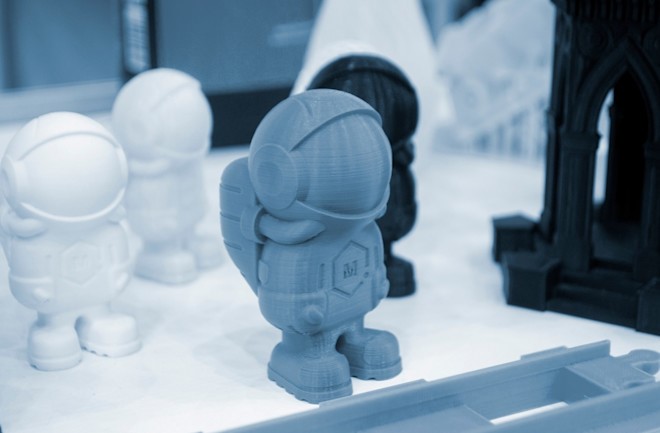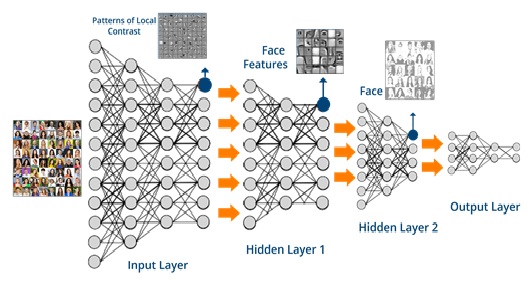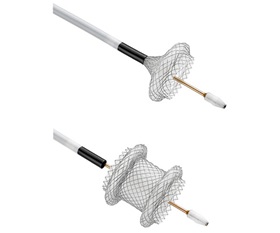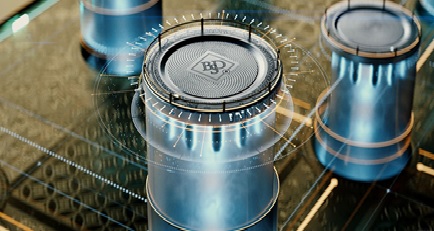3D Printing in Space: Enhancing Safety for Future Missions
Researchers at the University of Glasgow have developed a 3D printer capable of functioning in microgravity, potentially revolutionizing spaceflight and resource production on Earth.

Figure 1. Advancing Space Safety with 3D Printing.
Gilles Bailet, from the university’s James Watt School of Engineering, has been awarded the patent for this groundbreaking technology. The printer could enhance communication transmissions to Earth and enable the production of purer essential pharmaceuticals. Figure 1 shows Advancing Space Safety with 3D Printing.
"We’ve extensively tested the technology in the lab and in microgravity, and we’re confident it’s ready to perform as expected. This opens up possibilities for 3D printing antennas and other spacecraft components directly in space," Bailet stated in a press release.
Defying Gravity with 3D Printing
Bailet and his team dedicated years to developing a prototype for their innovative 3D printer, tackling one of the biggest challenges: preventing material jams in microgravity and the vacuum of space.
“What works well on Earth is often less reliable in space, and 3D printing has never been attempted outside the pressurized modules of the International Space Station,” Bailet explained in a press release.
Traditional 3D printer filaments tend to break or jam in microgravity, making them unsuitable for space applications. To overcome this, the team replaced conventional filaments with specially designed granular material. These granules move smoothly through the printer’s feedstock tank and nozzle, ensuring consistent operation.
The 3D printer underwent extensive testing aboard an aircraft during the European Space Agency’s parabolic flight campaign. This aircraft, often called the "vomit comet," creates brief periods of near-zero gravity by executing rapid ascents and steep descents, allowing researchers to simulate space-like conditions.
The Benefits of 3D Printing in Space
With a functional microgravity 3D printer, space missions could manufacture essential equipment on demand rather than carrying all necessary materials from Earth. This would free up valuable space on spacecraft, reduce launch weight, and minimize the risk of damage during takeoff.
“Currently, everything that goes into Earth’s orbit is built on the surface and launched on rockets,” Bailet explained in a press release. “These payloads have strict mass and volume constraints, and the intense vibrations of launch can cause mechanical failures, leading to the loss of expensive cargo.”
By placing 3D fabricators in space, future missions could construct structures as needed, eliminating many of the limitations imposed by traditional payload requirements. This approach could enable more ambitious projects designed for optimal performance in space rather than being restricted by launch conditions.
Another major advantage is cost efficiency. Manufacturing materials on Earth and launching them into orbit is expensive, whereas in-space 3D printing offers a faster and more cost-effective alternative.
“Additive manufacturing, or 3D printing, can create incredibly complex materials quickly and at a low cost. Bringing this technology to space would be incredibly useful for assembling structures in orbit,” Bailet said.
Potential applications for 3D-printed components in space include communication antennas and solar reflectors, which could enhance zero-emission communication systems on Earth.
The Future of Space Printing
Beyond supporting space missions, Bailet envisions 3D printers playing a crucial role in producing advanced materials and pharmaceuticals for use on Earth.
According to NASA, microgravity enhances crystal growth by reducing convection and heat transfer during formation. This results in larger, purer crystals, which can be beneficial for scientific and medical applications. Similarly, pharmaceutical manufacturing in space could lead to the creation of more potent and effective medications.
“Crystals grown in space are often larger and more well-ordered than those made on Earth,” Bailet explained. “Orbital chemical factories could produce new or improved drugs for delivery back to the surface.”
With ongoing advancements in space-based 3D printing, the technology could revolutionize not only space exploration but also medicine, manufacturing, and materials science on Earth.
Source: DISCOVER
Cite this article:
Priyadharshini S (2025),"3D Printing in Space: Enhancing Safety for Future Missions", AnaTechmaz, pp. 335
















